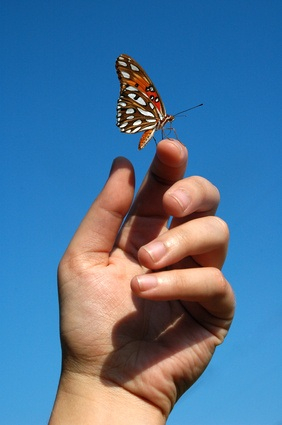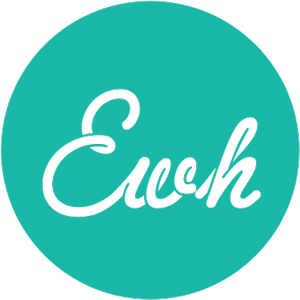
They’re Called PICTURE Books…
Like many children’s book authors who are also parents, I get a lot of ideas from my own kids. Several years ago, something sort of magical happened to my son that seemed worthy of a picture book. We were dining on our back deck, and he – at the age of three – essentially willed a butterfly to come and land on his outstretched arm. The whole event seemed to be such a testimony to the power of faith, or perhaps the law of attraction (especially since there were no butterflies in sight and it was very early in the season), that I decided to take a crack at writing it as a picture book.
 I wrote it in a very simple but stylistic format, and gave it to my editor. “This is sweet…” she said, “but I’m concerned about the artwork. It seems like it will be page after page of a boy standing there with his arms outstretched and his parents looking worried. Can we get away from this scene at all? Can we go somewhere else? Can we shake it up a bit?”
I wrote it in a very simple but stylistic format, and gave it to my editor. “This is sweet…” she said, “but I’m concerned about the artwork. It seems like it will be page after page of a boy standing there with his arms outstretched and his parents looking worried. Can we get away from this scene at all? Can we go somewhere else? Can we shake it up a bit?”
Duh.
Sometimes a story isn’t picture-book worthy because there just isn’t enough visual interest. That story ultimately ended up as a poem, and for that it works fine (I hope… If you’re interested, it’s included in our new anthology. It’s called “Faith”.) But it wouldn’t have worked as a picture book because there’s no visual progression to the story. There’s emotional progression, but no visual progression.
Remember: Artwork is at least 50% of a good picture book, and tells as much of the story as text does. And in picture books, art shouldn’t just mirror the text, it should advance the story – adding dimension and detail beyond what the text reveals, so that the reader pieces the whole story together from both. Picture book authors must avoid writing what the art will show – but they must also ask themselves whether, and how, each scene will make for compelling artwork.
